As a part of ABA therapy, therapists use certain prompts to stimulate correct responses that will eventually help autistic children succeed at daily life tasks.
For instance, when training an autistic child to do puzzles or recognize colors, therapists begin by tapping the correct color out of a group of items. This is called a gesture prompt. In this article, we will discuss various prompts in detail. If you want to practice ABA therapy yourself, you can incorporate these ABA therapy techniques in your own home.
So let’s look at various types of prompts ABA therapists use to train autistic children. Also, we will briefly cover prompt hierarchies and the importance of systematic prompt removal.
Prompt Types
Action or gesture:
Action or gesture prompts are the simplest prompts you could include in your ABA therapy sessions. You can point towards, look at, or perform actions to help your child learn the correct response. Suppose that you’re teaching colors, and the correct answer is yellow. You could point towards the correct card when asking your child to touch yellow. After a few times, your child will likely recognize yellow without the help of a prompt.
Verbal prompts:
When you use vocal cues as hints for the right response, they are considered verbal prompts. For instance, you could say words you want your child to say or ask the child a question and immediately follow it up with the correct answer. This method is also known as the echo prompt.
Physical prompts:
Sometimes, you require to manually aid the child with a touch or other types of physical movements to obtain a correct response. Let’s take the example of a hand-over-hand prompt. You can hold the child’s hand and move them towards the correct object to make them understand what’s correct and what’s not.
Another way would be to enact something you intend to teach your child. For instance, if you are trying to teach your child how to tie shoelaces, you could lead the child’s hand to show them how to put a lace through the correct hole.
Positional prompts
Positional prompts involve positioning the teaching material to increase the child’s chances to respond correctly. For example, you could place the cue card with the correct response closer to the child than the rest of the cards.
Visual prompts:
Therapists usually use visual cues to guide the child towards a correct response. For example, you might hold up a question mark picture to prompt the child to ask you a question.
Prompt Hierarchy & Removal
A prompt hierarchy is a list of prompts for teaching a specific skill. While following this hierarchy, you shall begin with prompts that provide the most help and conclude with the prompts that are of the least help to the child.
As the child progresses and acquires the skills learned with prompts, you must gradually remove the prompts and move down the prompt hierarchy. Untimely prompt removal can cause the child to be permanently dependent on the prompt. The technical term for this process is prompt fading.
Conclusion
Because of lockdowns and the rising costs of therapy, more and more families are trying to find ways to help their children with autism within their homes. If you have the time, with practice and some patience, you can learn techniques used by therapists to help your child acquire interpersonal and cognitive skills in the comfort of your home. However, if you find it difficult to cope with the process or detect a lack of progress, do not hesitate to seek professional guidance for your child’s best interest.

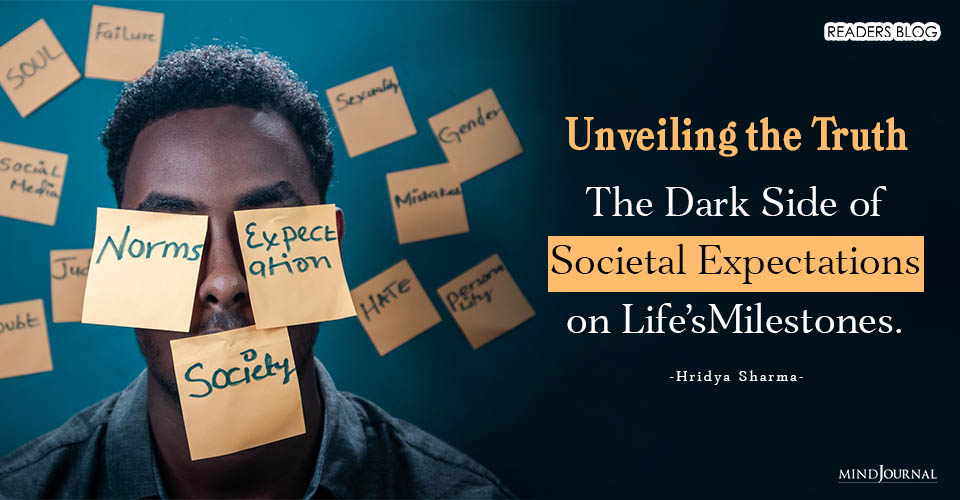

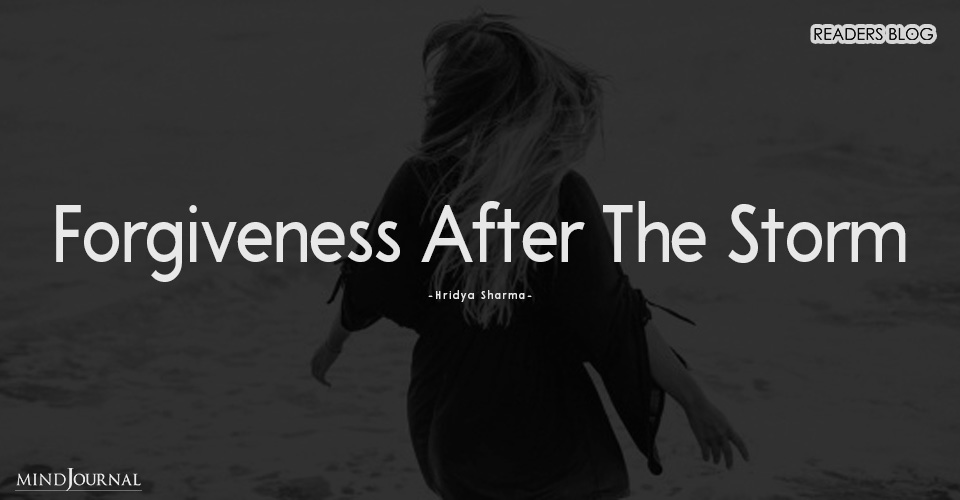
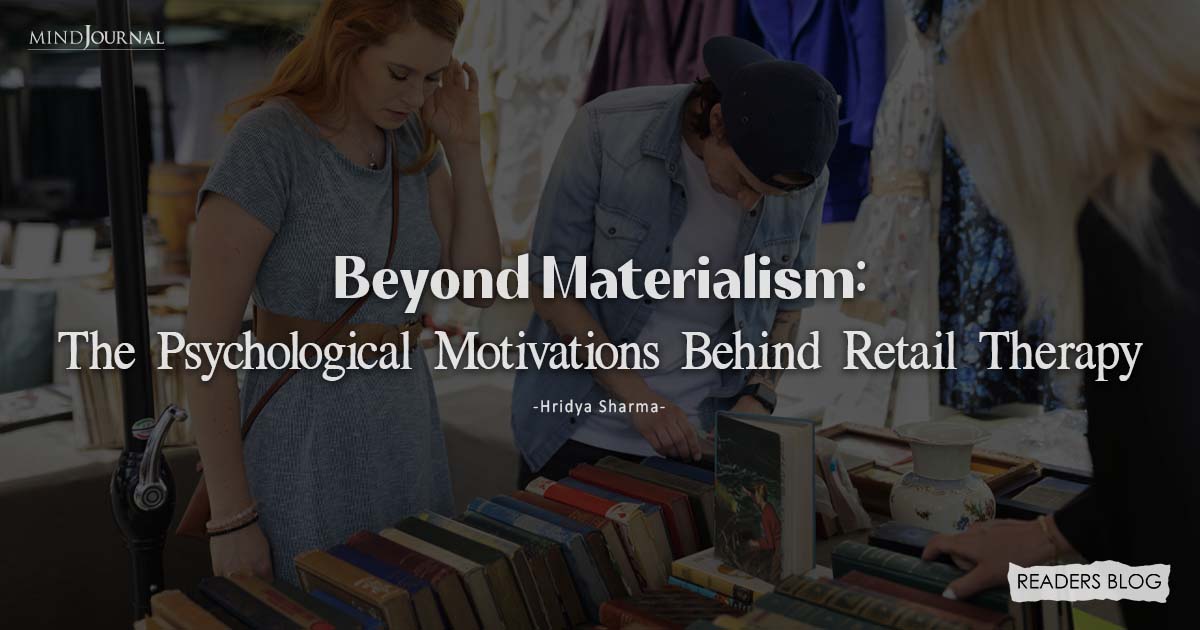
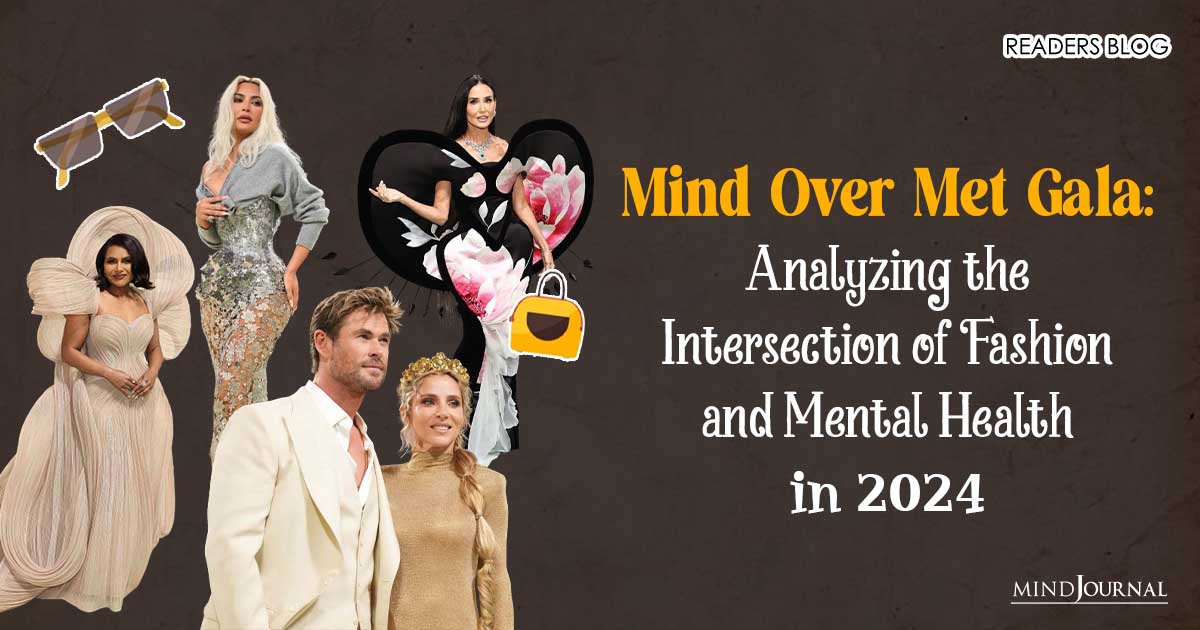
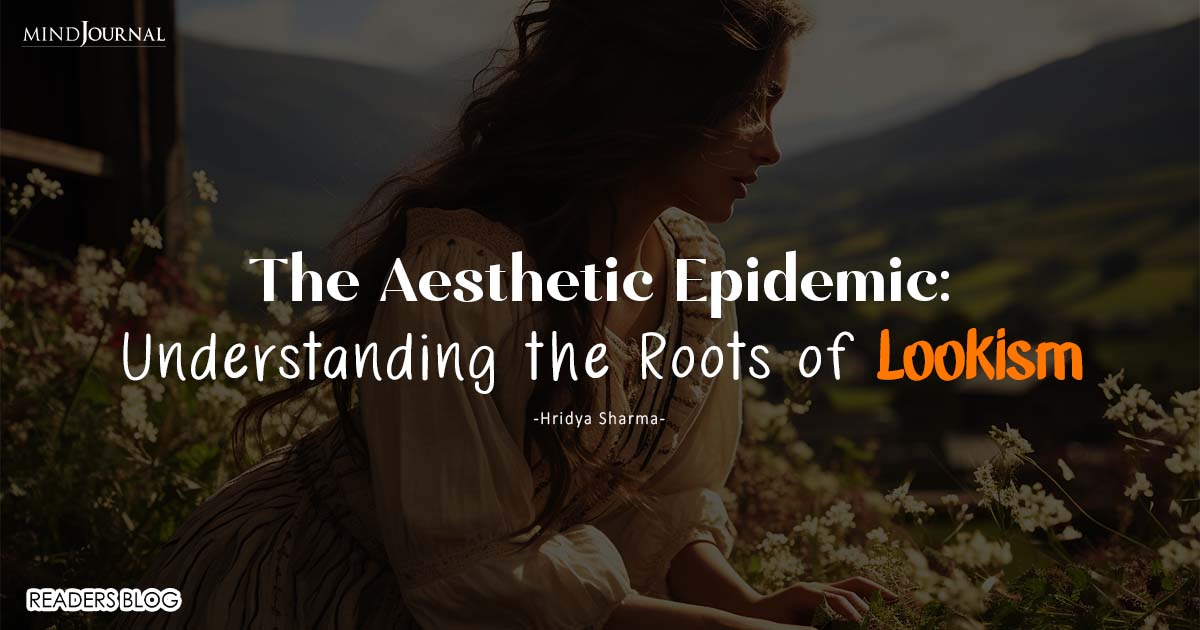
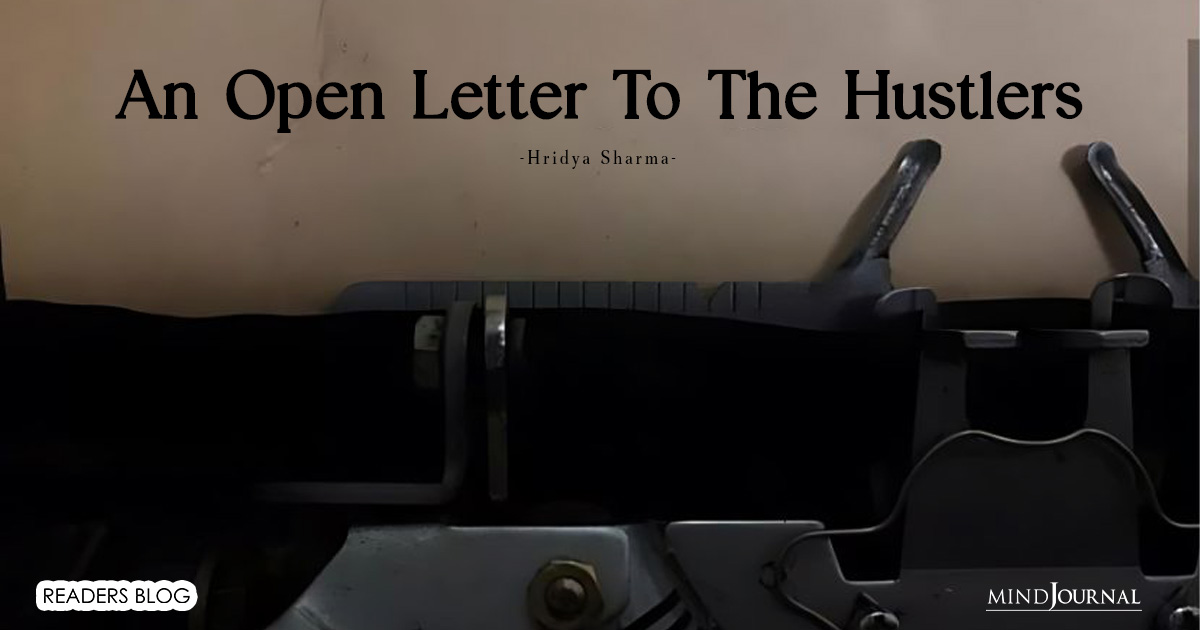
Leave a Reply
You must be logged in to post a comment.